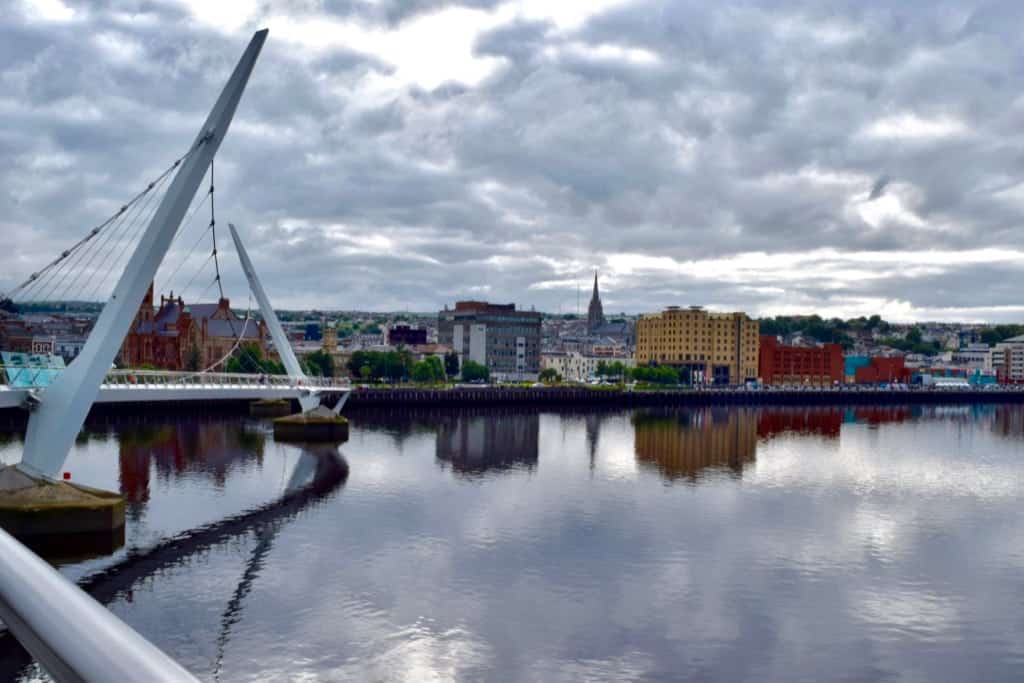
Northern Ireland: The highlights of Derry/Londonderry
I was lucky enough to spend quite a bit of time last year in Northern Ireland – my work had taken me over there on a number of occasions, and if I’d enjoyed what I’d seen of it previously, I fell in love with the province over the course of the year. Much of my exploration took place after working hours, however I decided to take a weekend during the long summer days of mid July. To make the most of my time, I planned a loop around Northern Ireland, crossing over the border into Donegal in the Republic of Ireland before wending my way back to Belfast. And on my route there was a location that stood out: the second city of Northern Ireland, Derry/Londonderry.
As soon as you start to talk about Londonderry, you start talking politics. The city was a hotspot of the Troubles, the political and sectarian upheaval in Northern Ireland which has been a feature of life for centuries, but took off full-force during the 20th century and particularly its later decades. If your knowledge of the political situation in Northern Ireland is limited I urge you to research elsewhere, however the subject is impossible to avoid in Londonderry, Ireland’s most blighted city outside Belfast. Even the name itself is political: it is known by the names of both Londonderry and Derry, depending on which side of the divide you sit. However, because both sides tend to refer to it colloquially as Derry for short, and because it involves less typing, I will stick with the name of Derry for the remainder of this post.
I set off for Derry on a Friday after work, taking the main road to the city from Northern Ireland’s capital, Belfast. I shouldn’t have been overly surprised that the main road across the province wasn’t a 2-lane motorway for very long; my route took me through small villages, across the stunning expanse of the Sperrin mountain range, before crawling into Derry in late rush hour in the biggest traffic jam I have ever seen in Northern Ireland. So I was weary and well-travelled by the time I pulled up in the city centre.
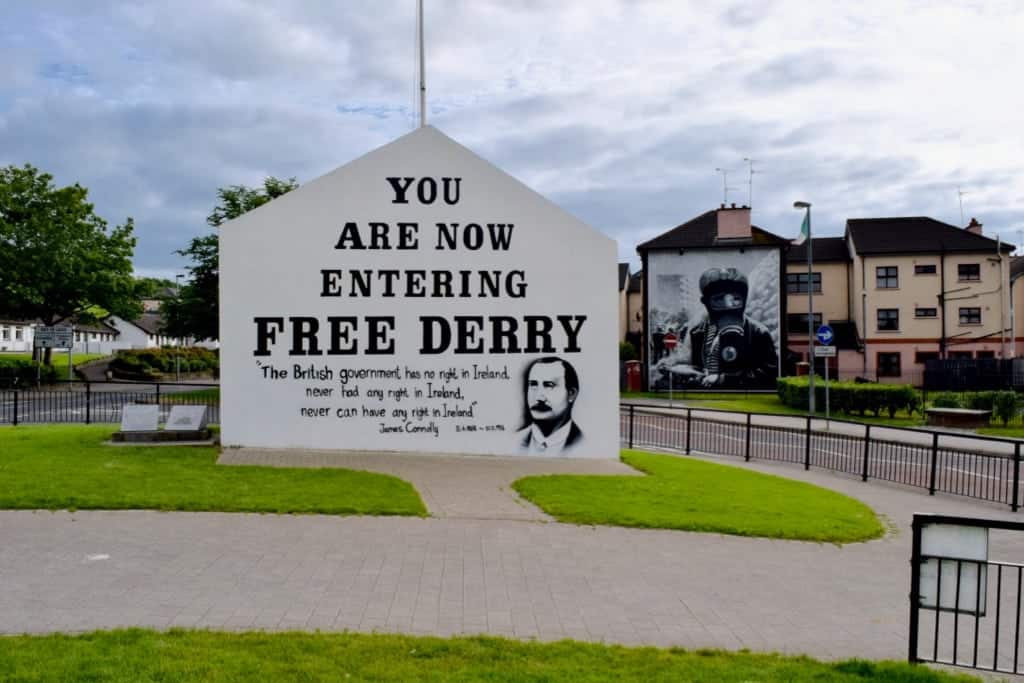
I was staying in a bed and breakfast in the area known as the Bogside. The name of Bogside is familiar to anyone who lived in Ireland or the United Kingdom during the worst of the Troubles, when its reputation as a tough-living neighbourhood was well-earned. Today it feels safe and peaceful, if still clearly reflecting its working-class origins. A short walk from the city centre, it was a perfect location for my overnight stay and I soon headed off into the city on foot.
Derry is not big, but it packs a punch with its history. My first port of call was the murals which have sprung up in recent years along Rossville Street on the edge of the city centre. Painted by a trio of artists, brothers Tom and William Kelly and Kevin Hasson, between 1994 and 2008, the murals are collectively known as The People’s Gallery, and are a sobering sight as you walk along Rossville Street. At the end of the road is another well-known sight from the period, the Free Derry corner, where the painted legend “You Are Now Entering Free Derry” has been preserved from the period when this part of the city declared itself a self-governing free area in the late 1960s and early 1970s. The surrounding streets have long since been demolished, but one wall still stands on a roundabout as a memorial.
This part of Derry was the site of the Bloody Sunday Massacre in 1972, and a memorial halfway along Rossville Street marks the lives lost. I don’t entirely know what I was expecting in coming to Derry, however this part of the city had an edginess about it which made me slightly uncomfortable. I grew up near London (England) in the 1980s when terrorist attacks were common and real. Aside from the bomb threats, much of the Troubles played out, for me, on the TV news, with Derry featuring prominently, so in coming here I was definitely bringing a certain amount of my own experience with me. However, the presence of the murals, and in particular the large and colourful Peace dove, are a hopeful indication of the way the times have changed since then.
But there is much more to Derry than the Bogside. I headed through the old centre and down to the banks of the River Foyle. Running through the city, the river is exactly the sort of place I love. Wide and refreshing on a summer’s evening, I spent some time on its banks drinking in the views of water, the flower boxes lining the railings, and the citizens of Derry out to enjoy the evening along the river’s edge. I crossed the zigzagging Peace Bridge, a modern addition which is striking in its design as well as its meaning, and admired the view from the eastern bank as I looked past the cityscape and out in the direction of the Atlantic far beyond.
Heading back into the city centre, my final stop was its historic walls. And I was now heading further back in time, to a period before modern-day politics took hold. Derry’s 400-year-old city walls are more or less intact, and form a 1 mile (1.5km) loop around the oldest part of the city which are a pleasant place to stroll on a sunny evening. I walked the entire circumference, past 17th century city gates, canons and churches, reading the regular information boards along the way which explained the history of Derry, and in particular the sieges which took place in the 1600s and which are described in vivid detail. Derry’s city walls are a gem, the most intact in Ireland and reputedly one of the finest examples in Europe, and were a wonderful surprise. Standing on the top of the ramparts, looking down over the Bogside and its murals, I was able to reflect on a city of contradictions. Derry is sometimes rough around the edges, but always fascinating. I was glad I went.
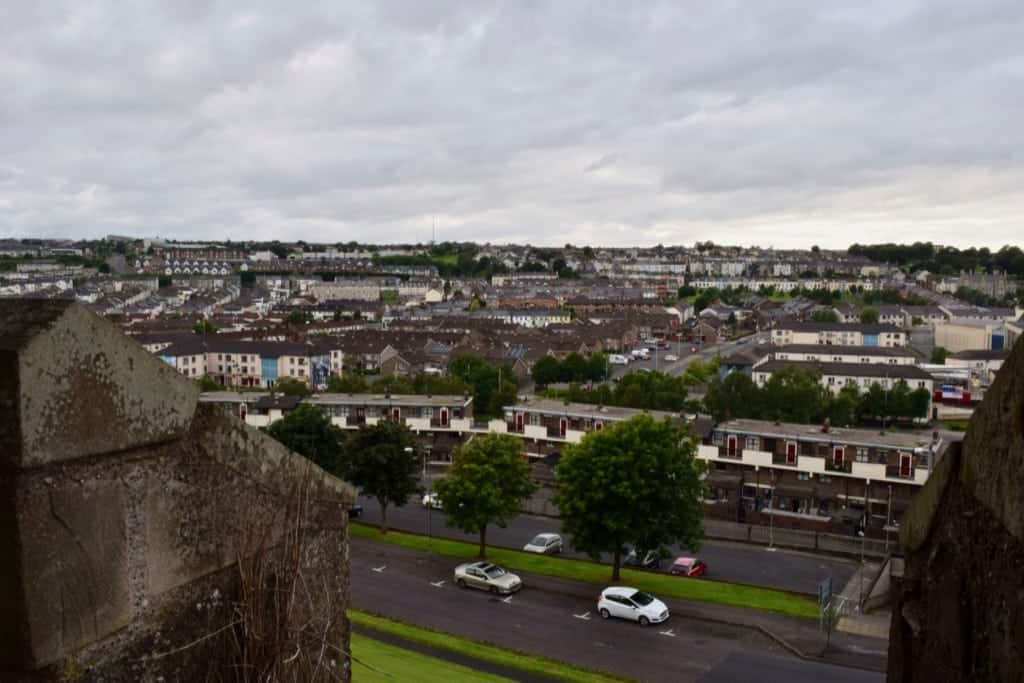
If you want to explore Derry a little more closely, I can recommend checking out these great posts from Teresa at Brogan Abroad:
A Foodie Tour of Derry – Brogan Abroad
48 Hours in the Historic Walled City of Derry~Londonderry – Brogan Abroad
Planning a trip to the Emerald Isle? Check out these posts for some serious Irish inspiration!
- Ulster travel: Discover the highlights of all nine counties
- Slemish: St Patrick’s Mountain in Northern Ireland
- County Meath: Ireland’s ancient east
- The Mourne Mountains: Northern Ireland’s southeast
- Portrush to Castlerock: Northern Ireland’s northwest coast
- Crossing the Irish border: what you need to know!
- Discover Northern Ireland’s Causeway Coast
- 5 Reasons you will love Northern Ireland…
- Northern Ireland: The highlights of Derry/Londonderry
Enjoyed this post about historic Derry/Londonderry? Pin it!


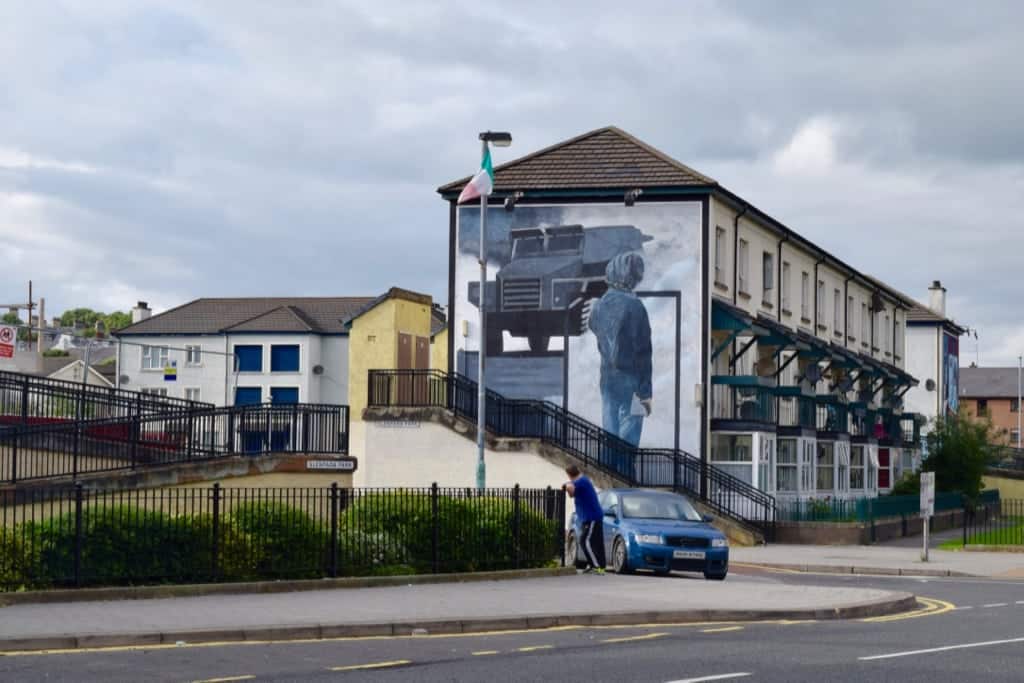
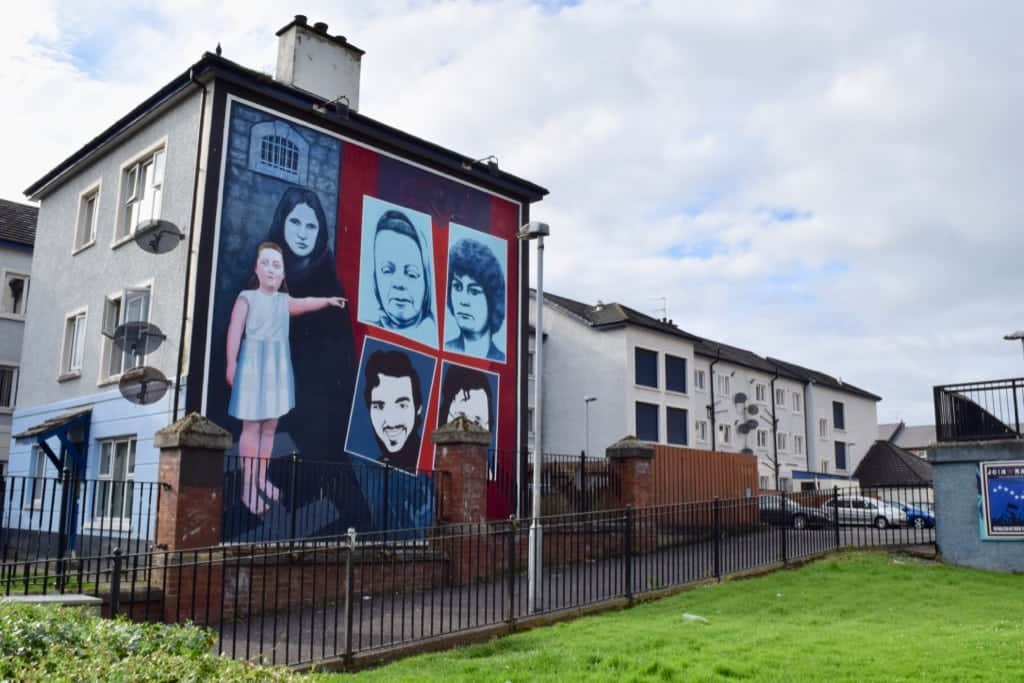
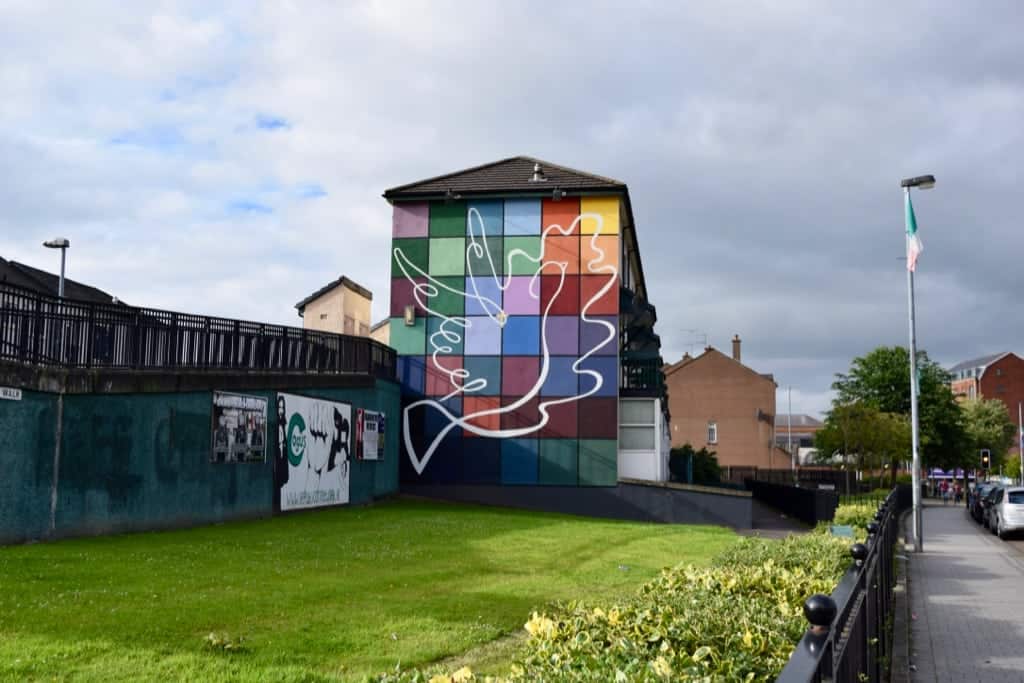

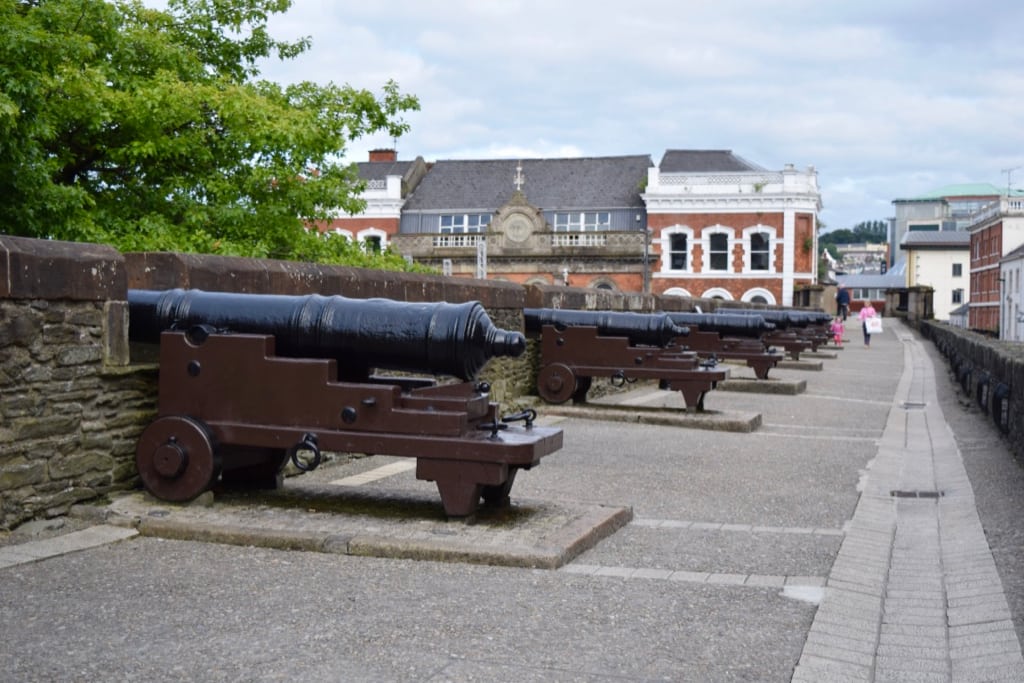
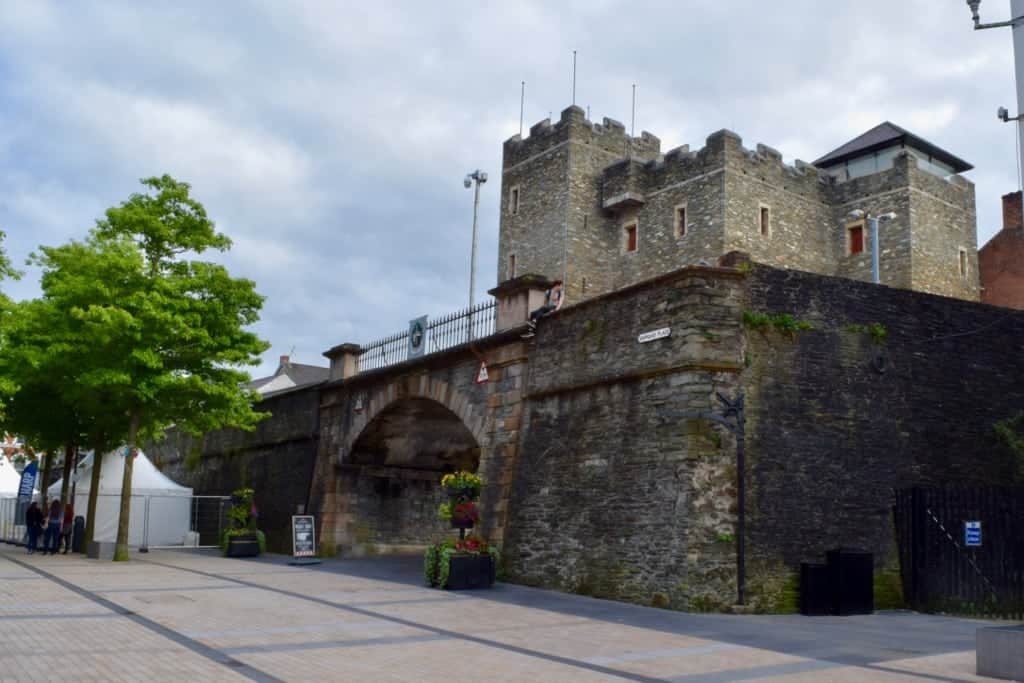
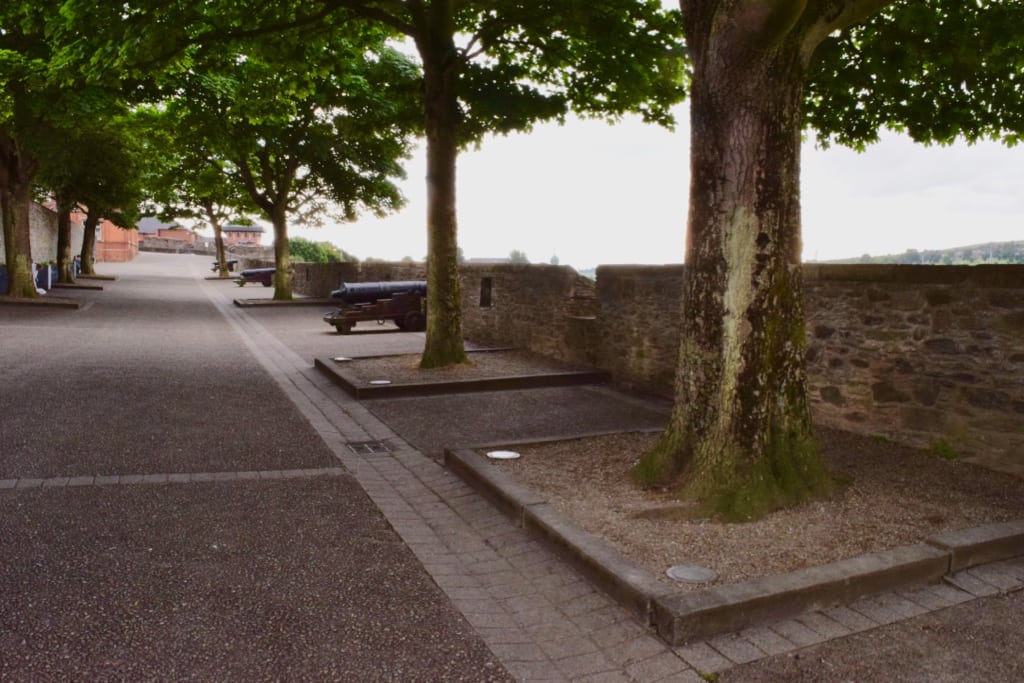
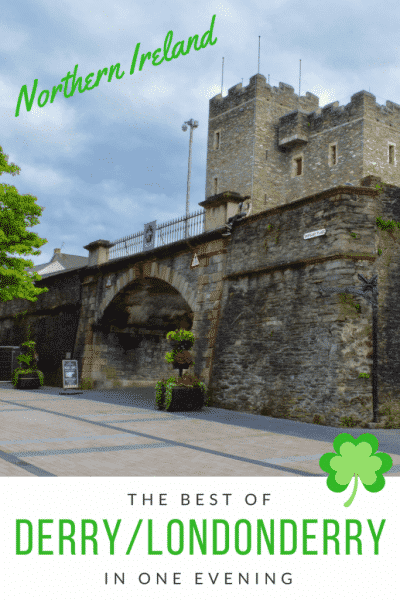
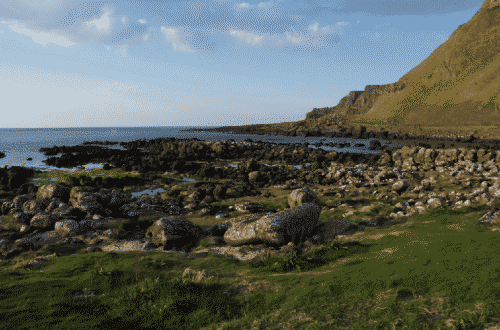
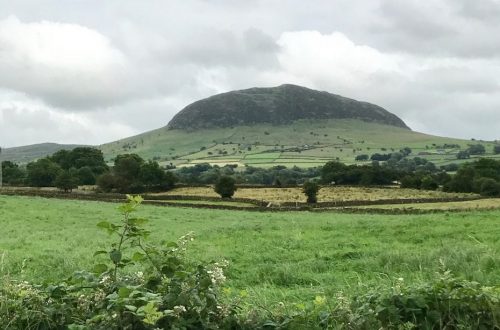
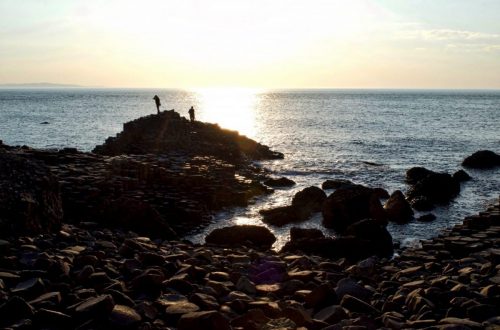
8 Comments
Paroma
So much history ! Thanks for highlighting this quaint little town in northern Ireland.
Maggie Burnside
I love the peace bridge in Derry/Londonderry! One of my favs of the city
Megan
Love this post! Growing up in America, the child of a welsh immigrant and a mother with Irish heritage, the history you describe here was always a presence in my house. I definitely dream of getting to return and see the country of Ireland (Northern and the Republic) for myself.
Lindsay | The Anthrotorian Travel Blog
The art painted on the side of the buildings is incredible. I recently watched a documentary on Northern Ireland, and am keen to visit. This was a great introduction!
Jill Bowdery
I really recommend making the trip. Northern Ireland will surprise you in a very good way!!
Lisanne
I would love to go to Ireland, the landscape there supposed to be amazing too! Great post and thanks for sharing 🙂
Amalia
I’d love to go to Ireland! This city seems to be very quiet! Look how empty the roads are 😀
Jill Bowdery
Well, it was evening… but yes, Northern Ireland’s roads are generally much quieter!